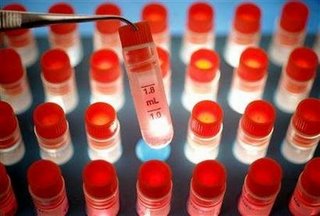In the December 4 entry, we reflected upon the incarnation, where God became flesh and dwelt among us as our Emmanuel. His entry into this world to reconcile it from the fall signifies the value He places upon human life and all of His creation. But how will He bring reconciliation and justice to all?
The writer of Hebrews, quoting from Psalm 8, exclaims, "You have made Him for a little while lower than the angels . . . you have put all things in subjection under His feet" (Heb. 2:7-8). But then the writer laments, "But now we do not yet see all things subjected to Him" (Heb 2:8b). Indeed, the Earth remains shrouded in the darkness of sin, greed, injustice, and conflict. How then can we sing the words of hope and joy penned by Isaac Watts in 1719?
The answer comes when we realize that these lyrics, inspired by Psalm 98, look beyond the present age to the future return of Emmanuel to Earth. At that time the government will rest on His shoulders; and His name will be called Wonderful Counselor, Mighty God, Eternal Father, Prince of Peace (Isaiah 9:6b). Then joy will overflow from fields and floods, rocks, hills and plains, and justice and righteousness will prevail.Joy to the earth, the Savior reigns!
Let men their songs employ;
While fields and floods, rocks, hills and plains
Repeat the sounding joy,
Repeat the sounding joy,
Repeat, repeat, the sounding joy.
Today, although we do not yet see Him enthroned as king on Earth, we celebrate at Christmas His first coming to pierce the darkness of human hearts and to free us from sin. By His first coming, He aimed to reconcile and then transform us by the renewing of our minds (Rom. 12:2). Then, as ambassadors, we bring the light of Emmanuel’s kingdom of grace, mercy, and truth to the broader culture. To a culture that devalues human life and all of God’s creation, we are called to present a biblical perspective through polite discourse and lifestyles that demonstrate victory over the materialism of our day.
Jesus taught us to pray, "Your kingdom come, Your will be done, On earth as it is in heaven" (Matt. 6:10). What attitudes and actions toward others or toward God’s creation are consistent with this prayer and your role as an ambassador of Christ? What roles can you play in your family, church, community, and in education to engage the broader culture with a “biblical bioethic?”







